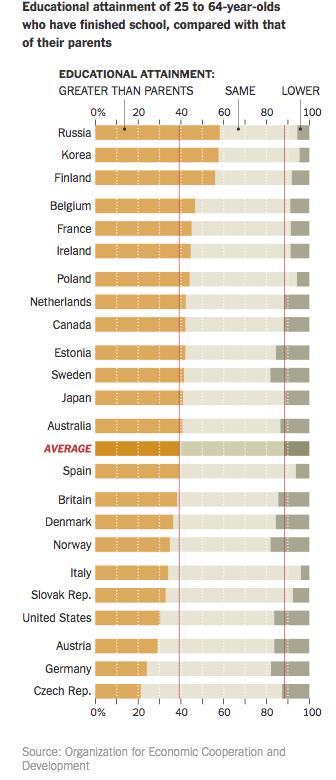
None of this is new news.
We are hurting.
Our economy, our growth, our creativity: we see it, we call it out, and we try, desperately, to avert the tsunami. And it feels as if the invisible force of money drowns us, like a force of nature, pressure systems, and earthquakes shaking us little humans and dumping us on our heads.
I constantly think about…
coal miners.
People who’ve worked in the ground for centuries and what they dig from the earth no longer matters. And everyone knew it. So they equate the people who dig as the ones who don’t matter.
I’ve thought this since I was in second grade: why don’t the big companies shift and switch and do research into energy and food that’s sustainable and gives people the jobs they need?
Why?
Don’t they want to stay in business?
Don’t they want to make a profit and have people buy their stuff?
Seemed to me the best way to prevent revolutions and bloodshed is to be real, mature, and functional about the realities of how the world works.
But now I don’t know how the world works anymore.
My childhood questions echo back.
I need to know where good is. Where growth and prosperity are.
I don’t need America to be #1. This is not a zero sum game. I want all of us to get what we need.
Things may get worse, again, before they get better. We can’t seem to move forward without burning it all down.
PBS produced a show about childhood poverty in the U.S. six years ago. Here are some of the highlights:
3
Financial experts have been writing about education and income for years, too, along with research and data:

Nate Silver, love or hate, is a statistician. Here are his latest numbers about education and voting trends:
Education, not income, predicted who would vote for Trump.
But since education and income are so closely connected, I’m not sure if his thesis is whole. Yet.
And now we have this horror show.
So money, education, and politics. Oh, my.
But: I have to keep hope alive.
Who gives me hope?
To be clear, I never think one man or woman is a savior. Humans are all flawed. With those flaws, come some genius moves.
Who inspires me now?
Elon Musk
Ira Glass
Sarah Vowell
Chimamanda Ngozi Adichie
Malala Yousafzai
Malcolm Gladwell
Steven Colbert
John Oliver
Jon Stewart
Samantha Bee
….still thinking.
And recently I described our nation has millions of tiny little needles. Guess I wasn’t the only one seeing it.
Postscript: Thanks, Kid.

